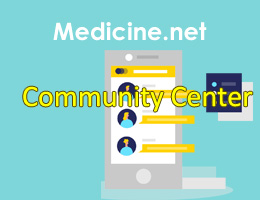Pharmacy researchers examine trends in rising cost of medicine
by Laurie Fickman, University of Houston
Credit: Unsplash/CC0 Public Domain
Newly published research from the University of Houston College of Pharmacy reveals an alarming trend in diabetic medication expenditures. While pharmaceutical spending in the U.S. has long been recognized as higher than in other affluent nations, diabetic medications, including insulin, are now at the forefront of this surge in prescription drug costs.
From 2011 to 2020, total annual prescription medication expenditures rose from $341.49 to $473.12 billion per year with metabolic agents being the costliest category. Among the metabolic agents, antidiabetic agents were the most expensive therapeutic area, with an increasing trend observed from $27.15 to $89.17 billion over the same period.
"Despite observed trends in medication expenditures, very little effort has been made to understand how those trends vary by therapeutic class," reports Tyler Varisco, assistant professor of Pharmaceutical Health Outcomes and Policy and assistant director of the Prescription Drug Misuse Education and Research Center in the journal Research in Social and Administrative Pharmacy.
Varisco and Whanhui Chi, a second-year doctoral student in Pharmaceutical Outcomes and Policy, conducted a cross-sectional analysis to identify determinants of increasing medicine expenditures in the U.S. between 2011 and 2020.
Varisco used prescription medication expenditures from the Medical Expenditures Panel Survey to calculate total annual medication expenditures by payer categories (Out-of-pocket, Medicare, Medicaid, TRICARE/Veterans Administration/CHAMPVA (TVAC), Other Government Sources, Private Insurance, and Other Sources).
Spending by Medicare ($38.23 billion) and Medicaid ($8.68 billion) accounted for almost half of all U.S. spending on metabolic agents in 2020.
Varisco also found the growth in prescription drug expenditures in the U.S. can be ascribed to several different factors, such as population demographics, changes in technology, and health care practice. For example, total Medicare enrollment was found to be 48,892,758 in 2011, which later reached 62,840,267 in 2020.
"In light of these developments, research is needed to substantiate concerns that trends in the cost of care are outpacing patients' ability to pay," Varisco says. "Continuing analysis is needed to help policymakers and other key stakeholders understand how changes in practice, policy, and drug marketing converge to impact total market expenditures."
More information: Whanhui Chi et al, Why the increase? Examining the rise in prescription medication expenditures in the United States between 2011 and 2020, Research in Social and Administrative Pharmacy (2024). DOI: 10.1016/j.sapharm.2024.01.004
Provided by University of Houston




Post comments